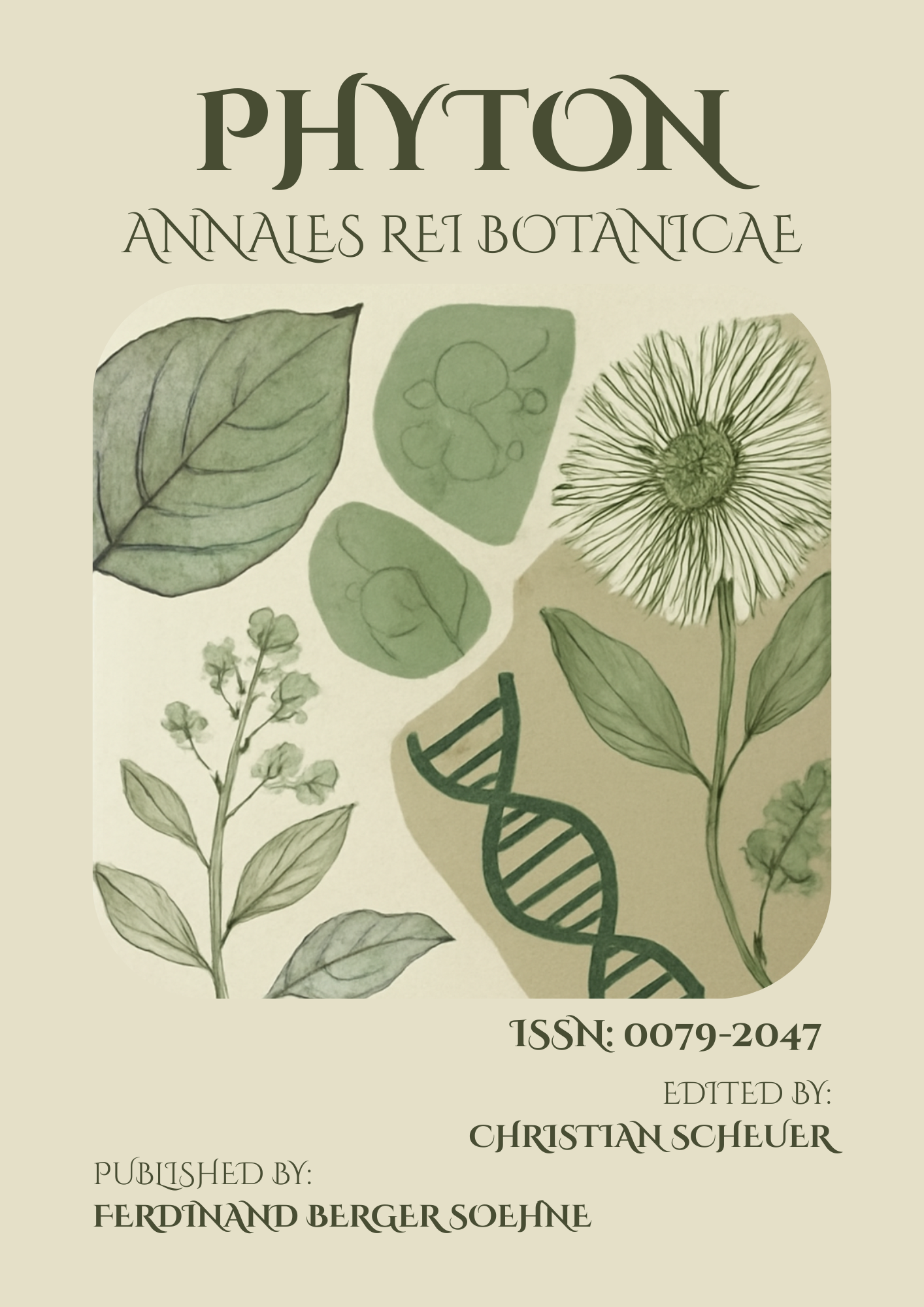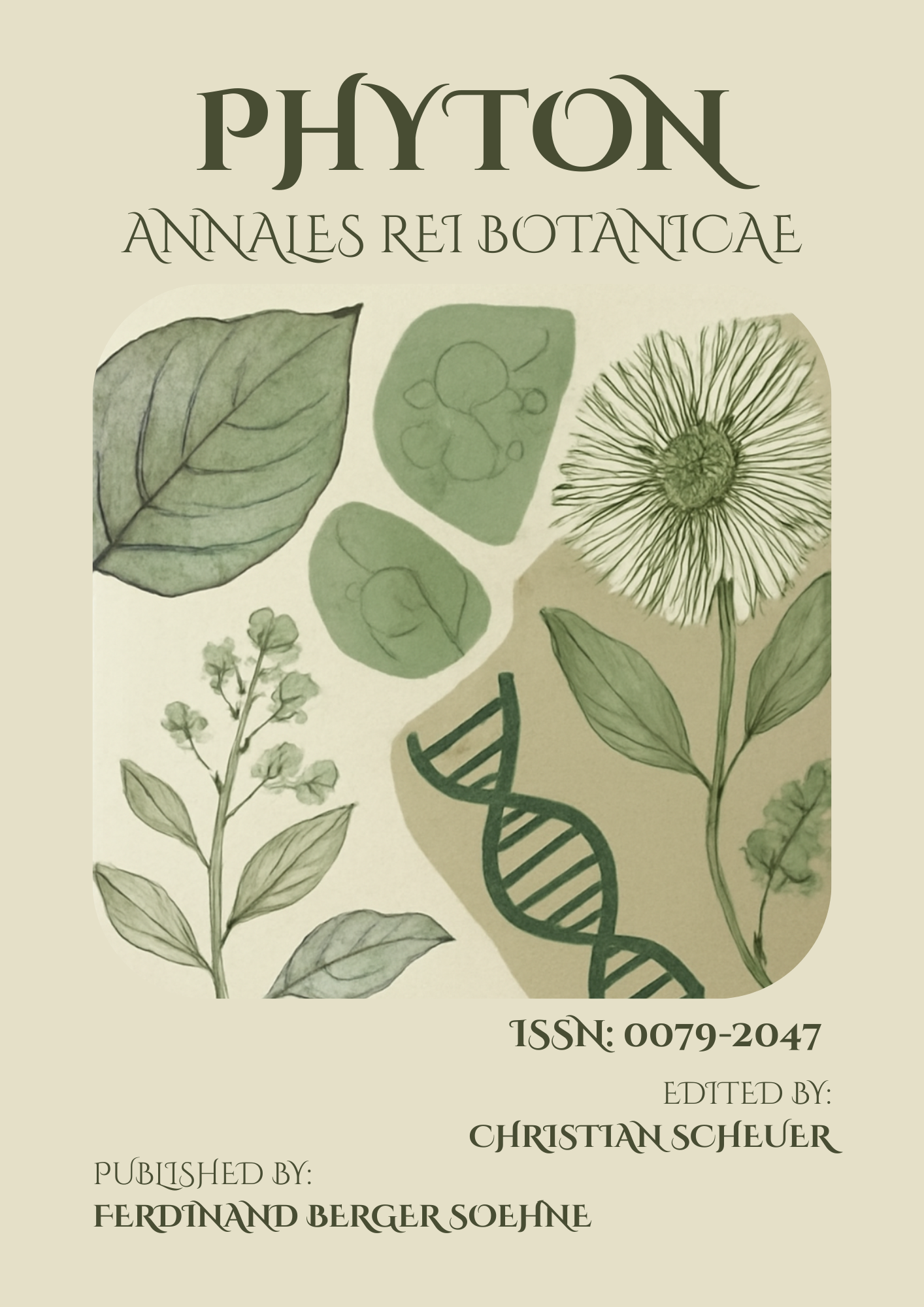CRISPR Applications in Zoology: Emerging Approaches for Species Conservation
DOI:
https://doi.org/10.64526/phyton-annales.v65i1.101Keywords:
CRISPR-Cas9; Genome editing; Zoology; Species conservation; Genetic rescue; Gene drivesAbstract
Thanks to its ability to modify genomes with unprecedented efficiency and precision, CRISPR-Cas9 has changed the face of biology. Innovative methods for solving important difficulties in species conservation are being provided by the fast-developing applications of CRISPR in zoology. new applications of CRISPR in biodiversity conservation, particularly in the areas of genetic rescue, management of endangered species, and control of invasive or disease-causing organisms. Examples show how CRISPR has helped endangered populations by increasing genetic diversity, restoring healthy genes, and making them more resistant to disease. Similarly, gene drive technologies have the ability to manage mosquitoes and other vectors, but they also pose ethical and ecological questions. This technique has the potential to revolutionize conservation science by allowing for the adaptive management of animal health, population viability, and ecosystem balance. Environmental hazards, regulatory frameworks, and public acceptability must all be carefully considered before genome editing is implemented in natural populations. the potential and difficulties of CRISPR as a next-generation approach to Anthropocene species protection by combining existing research with conservation applications.
Downloads
Published
How to Cite
Issue
Section
License
Copyright (c) 2025 PHYTON-ANNALES REI BOTANICAE

This work is licensed under a Creative Commons Attribution-NonCommercial-ShareAlike 4.0 International License.
This article is published under the terms of the Creative Commons Attribution-NonCommercial-ShareAlike 4.0 International License (CC BY-NC-SA 4.0). Readers may share and adapt the material for non-commercial purposes, provided appropriate credit is given and adaptations are shared under the same license.



